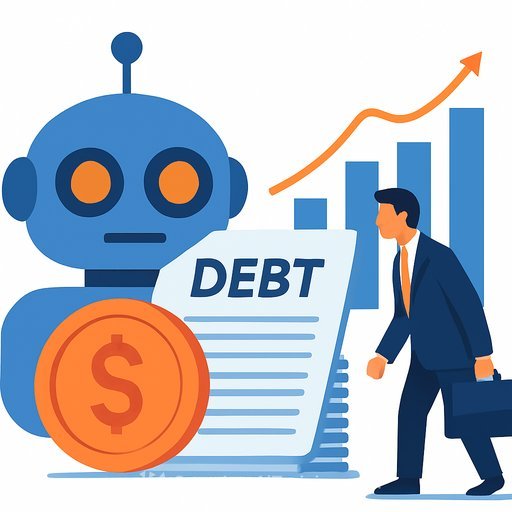TSMC profit jumps 39% on AI demand; shares slip despite upbeat outlook
Taiwan Semiconductor Manufacturing Co (TPE:2330) posted another record quarter as AI compute demand fueled orders. Net income rose 39% to NT$452.3bn (US$15.1bn) on revenue of NT$989.9bn (US$33.1bn), up 30.3% year on year. Diluted EPS reached NT$17.44, with gross margin at 59.5% and operating margin at 50.6%.
Shares in Taipei fell 2.36% to NT$1,450.0038% year to date.
Where growth is coming from
- Advanced nodes (7nm and below): 74% of wafer revenue
- 3nm: 23% of total revenue, signaling a fast ramp and strong pricing
- High-performance computing: 57% of total revenue (AI and 5G workloads)
- Smartphones: 30%
- Automotive: 5%
- IoT: 5%
Outlook and guidance
- 2025 revenue growth: raised to the mid-30% range (from ~30%)
- Capex floor: increased to US$40bn to support advanced nodes and capacity
- Q4 revenue: US$32.2-33.4bn
- Q4 gross margin: 59-61%
Management noted that accelerating adoption of AI models is driving demand for compute capacity. The company continues to invest in U.S. facilities to limit exposure to trade frictions and is tracking potential U.S. semiconductor tariffs, indicating exemptions could be possible.
Why the stock dipped on good news
- High expectations priced in: a strong YTD run leaves less room for upside on beats.
- Capex intensity: a higher spend trajectory can weigh on near-term free cash flow.
- Policy overhang: potential U.S. tariff actions add uncertainty, even with possible carve-outs.
What to watch next (for finance teams and investors)
- 3nm mix and yields: sustained 3nm share near or above 20% supports margins and ASPs.
- HPC vs. smartphone mix: continued tilt to data center AI improves revenue quality and visibility.
- Gross margin corridor: ability to hold ~59-61% while ramping leading-edge nodes and U.S. fabs.
- Policy risk management: progress on U.S. fab build-outs and any tariff exemptions.
For detailed filings and updates, see TSMC investor relations. For background on U.S. tariff actions, review the USTR Section 301 tariff resources.
Bottom line
AI-driven compute demand is translating into record revenue, higher margins, and a larger advanced-node mix. Guidance points to sustained growth into 2025, but higher capex and policy risk are near-term swing factors for the multiple.
If you're building AI use cases across finance and want a fast scan of practical tools, explore this curated list: AI tools for finance.
Your membership also unlocks:





